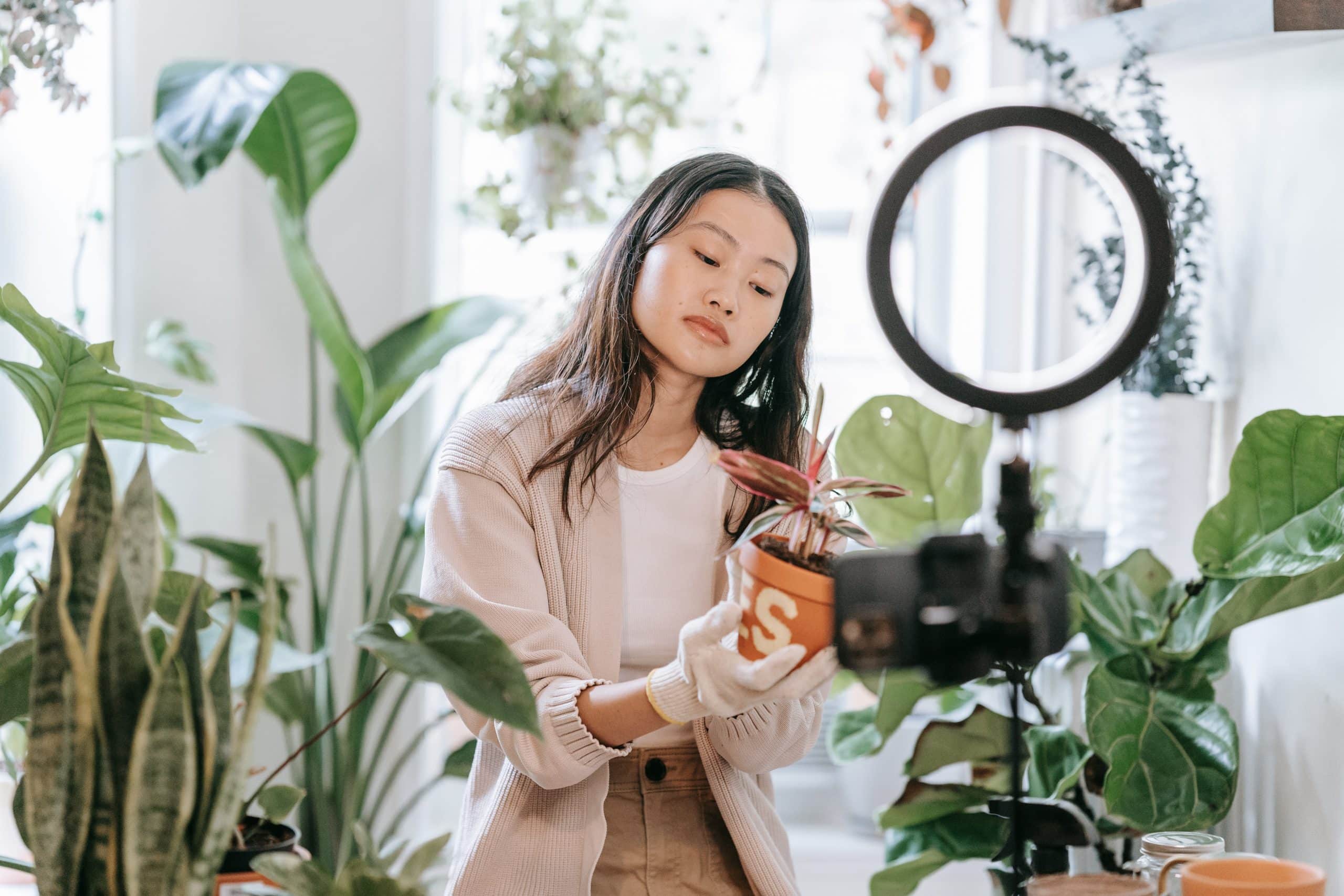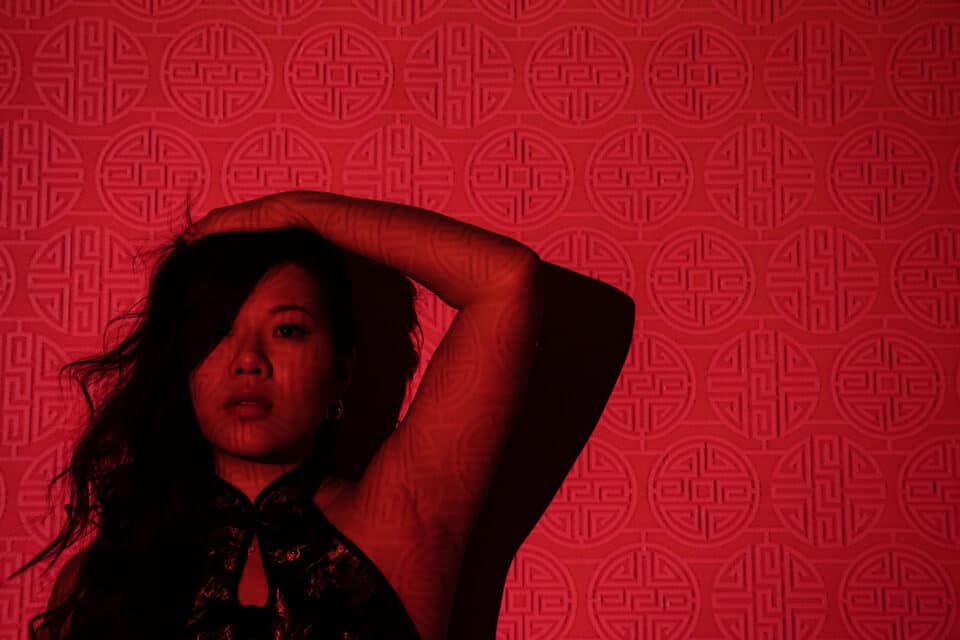How to adjust to the huge shifts to online consumption across all sectors since the pandemic.
As we approach summer 2022, brands in China are still facing economic uncertainty and a rapidly changing consumer environment. It’s a challenging marketing landscape, requiring fresh approaches and in-depth societal knowledge. Nonetheless, some brands have continued to shine.
This April, Prada launched an “online culture club” on WeChat and Xiaohongshu, inviting influential creatives to recommend movies, books and songs. Chinese netizens warmly embraced the resulting dialogues and social connections, providing respite and reward amidst lockdown months.
With Prada’s pioneering example in mind, we’re exploring the ways brands can maintain effective China marketing in the post-pandemic era.

China Market Overview: Consumer Behaviour
During the coronavirus epidemic, Chinese consumers pivoted towards online learning and education – a sector growing by 15% year on year. In addition, the entire online retail sector expanded at the same rate until 2021, when it skyrocketed by over 21%.
What can brands learn from this?
It demonstrates the extent Chinese consumers prioritise experiences and self-improvement, even in the heart of unprecedented global change. With the most recent lockdowns, stockpiling foodstuffs was an initial phenomenon, but this gradually shifted towards luxury skincare, hygiene products and fast-food treats (items improving quality of life).
Even at home, purchase intent linked to online ad awareness remained incredibly strong. Consequently, brands must maintain “exposure” to stay at the forefront of consumers’ minds.
The rise of new social consumption
Brands are now looking to the latest Chinese social media trend of “new social consumption” to increase both their exposure and market share.
Chinese social commerce reached $363 billion in 2021, up by 36% from the previous year. This makes up over 11% of all e-commerce sales in China.
During lockdowns, brands and consumers communicate more directly. Chat groups, KOLs and livestream events all provide social entertainment and brand awareness – perfectly exemplified by one platform: Little Red Book

The evolution of an icon: RED
Today, Little Red Book (or more simply “Red”) is China’s most trusted social media shopping platform. Since humble beginnings in 2014, the app has become China’s foremost fashion and luxury items platform.
Amidst discussions on luxury purchases and insights into high-end brands, users post product reviews, photos and tips on their boards. Particularly popular with an affluent female Chinese Gen Z audience, it’s a unique blend of user-generated content and reviews, community advertising and social chat.
How international brands are leveraging Xiaohongshu
With over 100 million active users, many international brands are focusing on Red for their China digital strategy.
The platform has certainly forged new and creative product display forms – most recently launching the inaugural “online fashion week”. Running from 15 to 30 April, this event incorporated online launches by luxury fashion designers, with new collections appearing every three days. Collaborating with Shanghai Fashion Week, the platform unveiled 3,000 limited-edition virtual clothing items exclusively for Xiaohongshu users.
Whilst debates rage as to whether digital fashion is a one-off stunt or an industry game-changer, the commercial success is plain to see. When the famed Beijing Olympics costume designer Cheng Peng’s virtual mermaid-inspired outfits launched (for $600 USD each), they sold out immediately.
It’s a Chinese social media trend that’s caught the attention of companies such as Louis Vuitton, Burberry and Gucci. Indeed, all three brands have recently created digital collaborations sold as NFTs, met with similar commercial success.
The art of creating new consumer “occasions”
Aside from virtual fashion collections, Xiaohongshu guides Chinese consumers towards “new occasions” for using, purchasing and thinking about products at home.
To master the art of the “new purchase occasion”, instead of focusing on what your product is – think about what event it’s used for. For instance, a weekend brunch, dinner party or working lunch all require different purchases and planning processes. Understanding the occasions underpinning consumption is key to marketing in our post-pandemic reality.
For instance, this April witnessed a two-week art performance by the musician and artist Pang Kuan. Live-streamed via WeChat and Weibo, he isolated himself with only a few personal items for company.
Notching-up over 3.7 million views and countless amusing hashtags, it provided a source of fun and community connection during lockdown restrictions. Importantly however, Pang also often wore stylish designer ensembles…
He danced in Gucci suits, played with his Fendi phone accessories and worked-out on his Dior exercise machine. Keen to discover what brands Pang adopted, online searches (and purchases) of these items skyrocketed.
It created an entirely new “occasion” for luxury fashion shopping, offering an unparalleled immediacy, artistic-edge and sense of connection for brands and consumers.

Innovative technologies and consumer communication have revolutionised Chinese marketing strategies in the post-pandemic era. To get started with Little Red Book and supercharge your brand’s China strategy, download our guide to this unique social platform.
